Sarah King
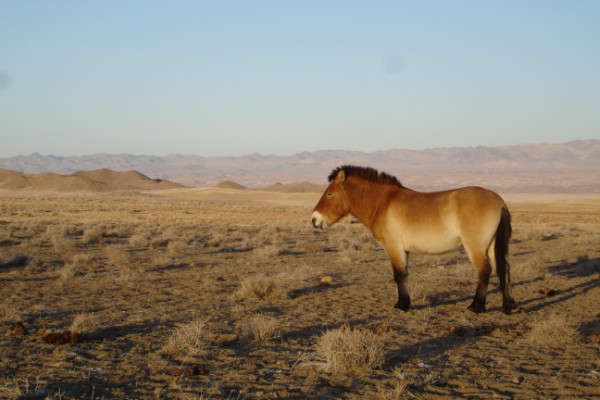
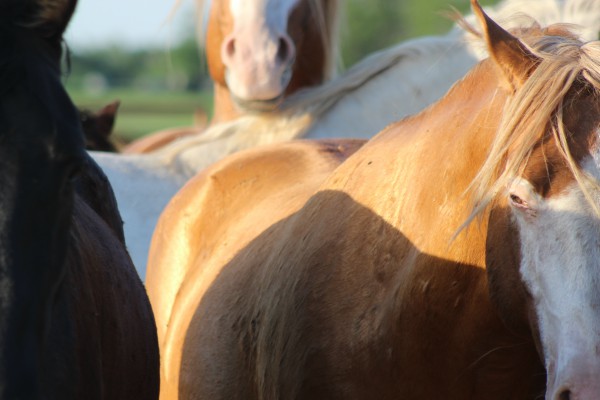
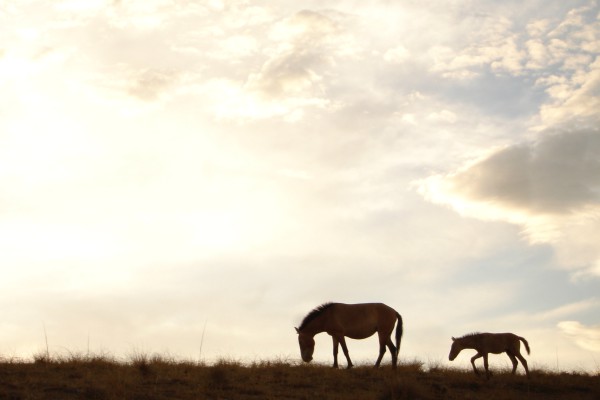
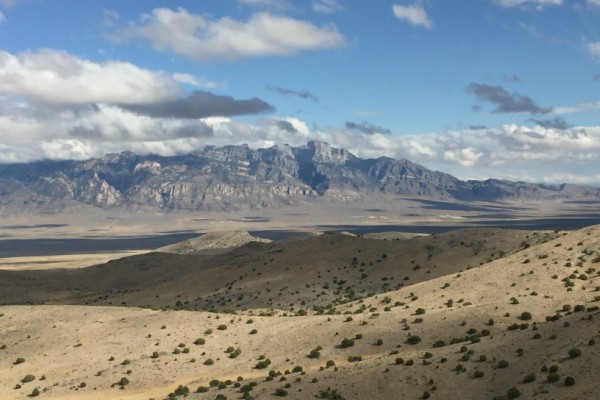
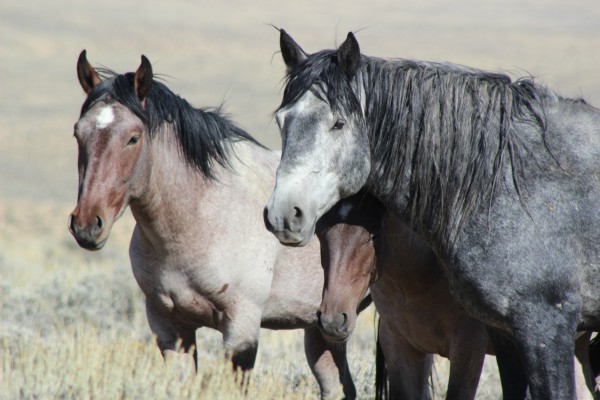
Case Statement: feral donkey and feral horse research
Feral donkey research in the south-western United States
Sarah R. B. King, Ph.D. Colorado State University – sarah.king@colostate.edu
Kathryn A. Schoenecker, Ph.D. USGS – schoeneckerk@usgs.gov

Feral donkeys are a relic of our pioneer past – they helped us settle the west and are now considered icons of the desert. We are the only research team in the United States conducting essential research on wild horses and donkeys. We provide vital science that helps inform management and advances our knowledge of their behavior and ecology. Now we are preparing to launch a groundbreaking new study on wild donkeys in California.
Wild horses and donkeys (known as burros on BLM land) have been protected by US Congress since 1971, longer than even bald eagles have had protection. While the current over-population of horses tends to grab the headlines, donkeys are suffering from the same issue: there are currently well over 20,000 feral donkeys across the southwest. They are affecting the delicate desert habitats by trampling thin soils and over-eating slow-growing vegetation. But we need to examine positive impacts too. Donkeys are well adapted to deserts, and may help wildlife by digging holes to water in stream beds.
Under the law, wild horses and donkeys on public lands cannot be killed or sent to slaughter, so the only options for management are to remove animals for public adoption, or use fertility control. While we lack data on many aspects of horse ecology and effects of reproductive control, the situation is worse for donkeys. Compared to flamboyant wild horses, donkeys tend to get overlooked. Without more detail on their lives it is difficult to advocate for them. Until our recent study in Arizona and Utah only a handful of studies had been conducted on donkeys since the 1970/1980s. The lack of studies has resulted in a lack of knowledge on how donkeys use their habitat, how far they travel, and how they interact with each other.
We are the first people to use GPS collars on feral donkeys in the US, and the first in 30 years to have knowledge of burro populations at an individual level. We have established methods that work to gather a wide range of information on feral horses and donkeys. While we finalize our existing studies, we are preparing to start a new study to improve management and understand donkey ecology.
Landscape ecology of feral donkeys in southern California. We will put an unprecedented 100 GPS-enabled radio collars on feral donkeys across California from Mojave National Park to Death Valley, encompassing a variety of land jurisdictions. We will examine:
Donkey movements across this vast desert area to provide information to make future donkey captures more successful. We will examine how donkey populations are connected and how widely donkeys move, their habitat use and distance to water.
Donkey behavior, to understand more about the interplay of donkey demography, relatedness between individuals, and their social network.
Disease prevalence in donkeys, how they are affected by it, and whether they can spread it to livestock and wildlife.
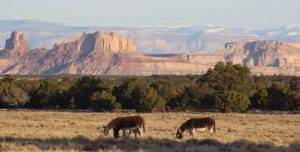 This unique research will benefit donkey welfare by understanding how they are affected by disease and how this relates to their behaviour and movement, and whether mitigation can be put in place to prevent car collisions with donkeys as they move across the landscape.
This unique research will benefit donkey welfare by understanding how they are affected by disease and how this relates to their behaviour and movement, and whether mitigation can be put in place to prevent car collisions with donkeys as they move across the landscape.
With your support we can increase the impact of our work through hiring a team of early-career scientists as field crew and graduate students. With their help we could expand our efforts to discover greater detail about how donkeys use the landscape in relation to habitat, livestock and wildlife, and how individuals interact to potentially spread disease. With our current funding we can start a pilot study, but with a larger team we can increase the project in scope and breadth. Our research will create a legacy of improved donkey welfare through better management on the range, and better veterinary care when they are removed for adoption. Ultimately it will benefit these iconic animals, ensuring that they remain part of the American landscape for future generations.
Who are we?
We are scientists with over 20 years of experience conducting research on equids (horses, asses, and zebras). Dr. Sarah King is co-chair of the Equid Specialist Group of a pre-eminent conservation organization (IUCN) and a research scientist at Colorado State University (CSU). She has led conservation projects in Mongolia and conducted research on endangered species including Przewalski’s horses, and been involved with studies on African wild ass and zebras in Africa. Dr. Kate Schoenecker is a research ecologist at USGS and affiliate faculty at CSU with experience studying bighorn sheep, elk, and bison in North America, as well as previous research on feral horses. Together we lead a team of early-career scientists gathering data on horses and donkeys at field sites in the western United States.
Feral horse research in the western United States
Sarah R. B. King, Ph.D. Colorado State University – sarah.king@colostate.edu
Kathryn A. Schoenecker, Ph.D. USGS – schoeneckerk@usgs.gov
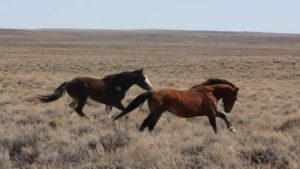
Wild horses are considered living symbols of the west, representing the American dream of running wild and free across limitless land. It is still a thrill to see these animals galloping through the sage brush, and a privilege to get to know the intimacies of their lives. We are the only research team in the United States conducting essential research on wild horses and donkeys in the west – the first to use GPS technology to monitor them. We provide vital science that helps inform management and advances our knowledge of their behavior and ecology.
Wild horses are currently at a crisis point: their numbers have grown until there are too many for the habitat to support. Wild horses have been protected by US Congress since 1971, longer than even bald eagles have had protection. These protections have meant that the number living on western lands has grown from 25,000 in 1971 to almost 100,000 today! Under the law, wild horses on public lands cannot be killed or sent to slaughter, so the only options are to remove animals for public adoption, or use fertility control. Most of the horses removed for adoption end up in long-term holding facilities where their care is paid for by the taxpayer for the rest of their lives. The main fertility control option needs an annual booster to be effective, so is not feasible over the long term in areas where there are thousands of horses on hundreds of thousands of acres.
The over-population of wild horses is creating problems:
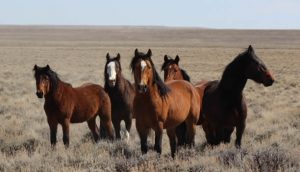 Through trampling and overgrazing vegetation they are affecting the delicate sage brush and desert habitats in which they live, reducing breeding success of endangered species such as sage grouse and affecting the livelihoods of ranchers through reducing food available for cattle.
Through trampling and overgrazing vegetation they are affecting the delicate sage brush and desert habitats in which they live, reducing breeding success of endangered species such as sage grouse and affecting the livelihoods of ranchers through reducing food available for cattle.
There is not enough water in the arid west to support these large populations. Horses tend to chase off pronghorn and deer from water sources and reduce the vegetation around it making it less available to other wildlife.
The lack of food and water is creating a welfare issue – every year horses in some areas are at risk of dying from starvation and dehydration.
Who are we?
We are scientists with over 20 years of experience conducting research on equids (horses, asses, and zebras). Dr. Sarah King is co-chair of the Equid Specialist Group of a pre-eminent conservation organization (IUCN) and a research scientist at Colorado State University (CSU). She has led conservation projects in Mongolia and conducted research on endangered species including Przewalski’s horses, and been involved with studies on African wild ass and zebras in Africa. Dr. Kate Schoenecker is a research ecologist at USGS and affiliate faculty at CSU with experience studying bighorn sheep, elk, and bison in North America, as well as previous research on feral horses. Together we lead a team of early-career scientists gathering data on horses and donkeys at field sites in the western United States.

